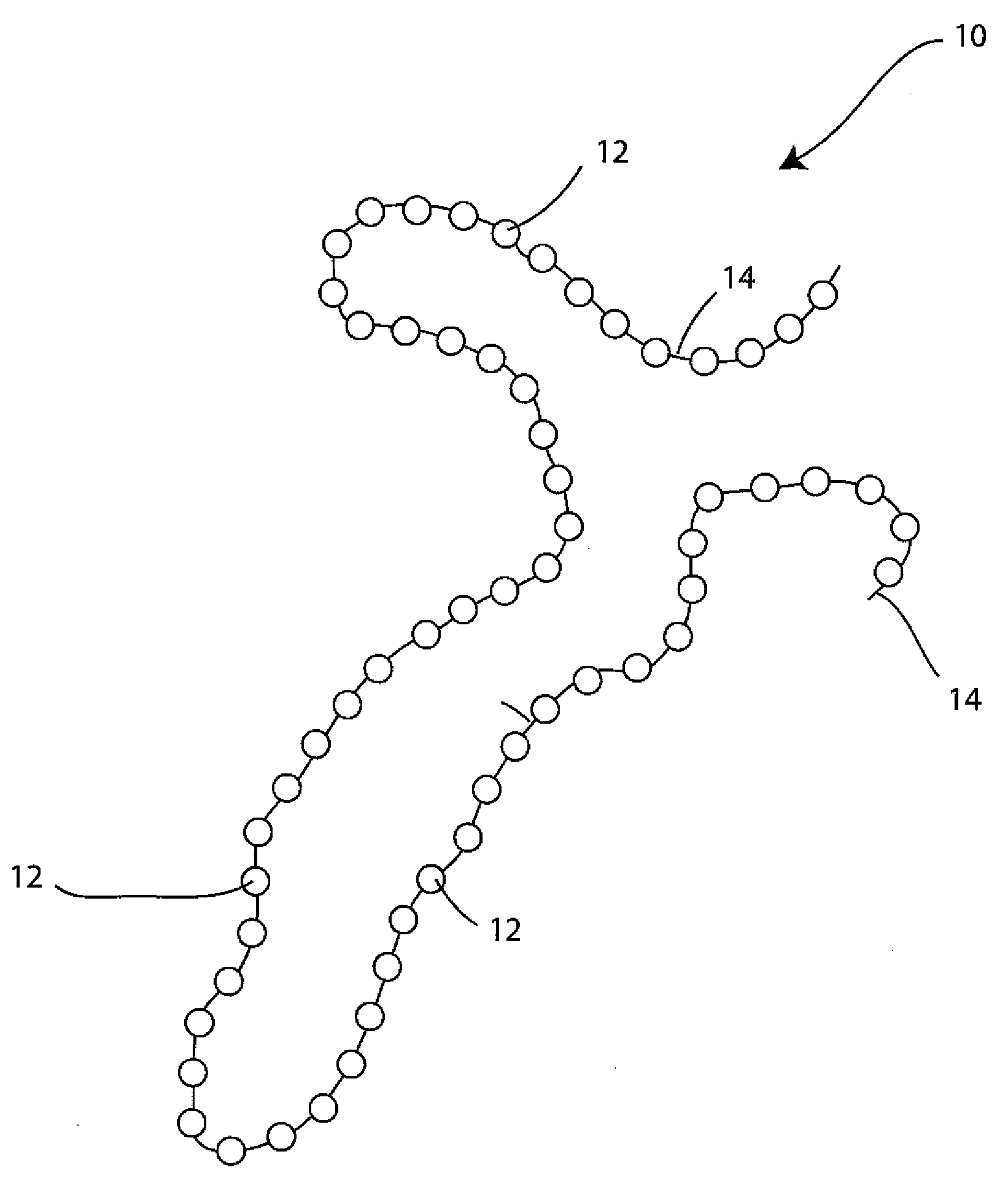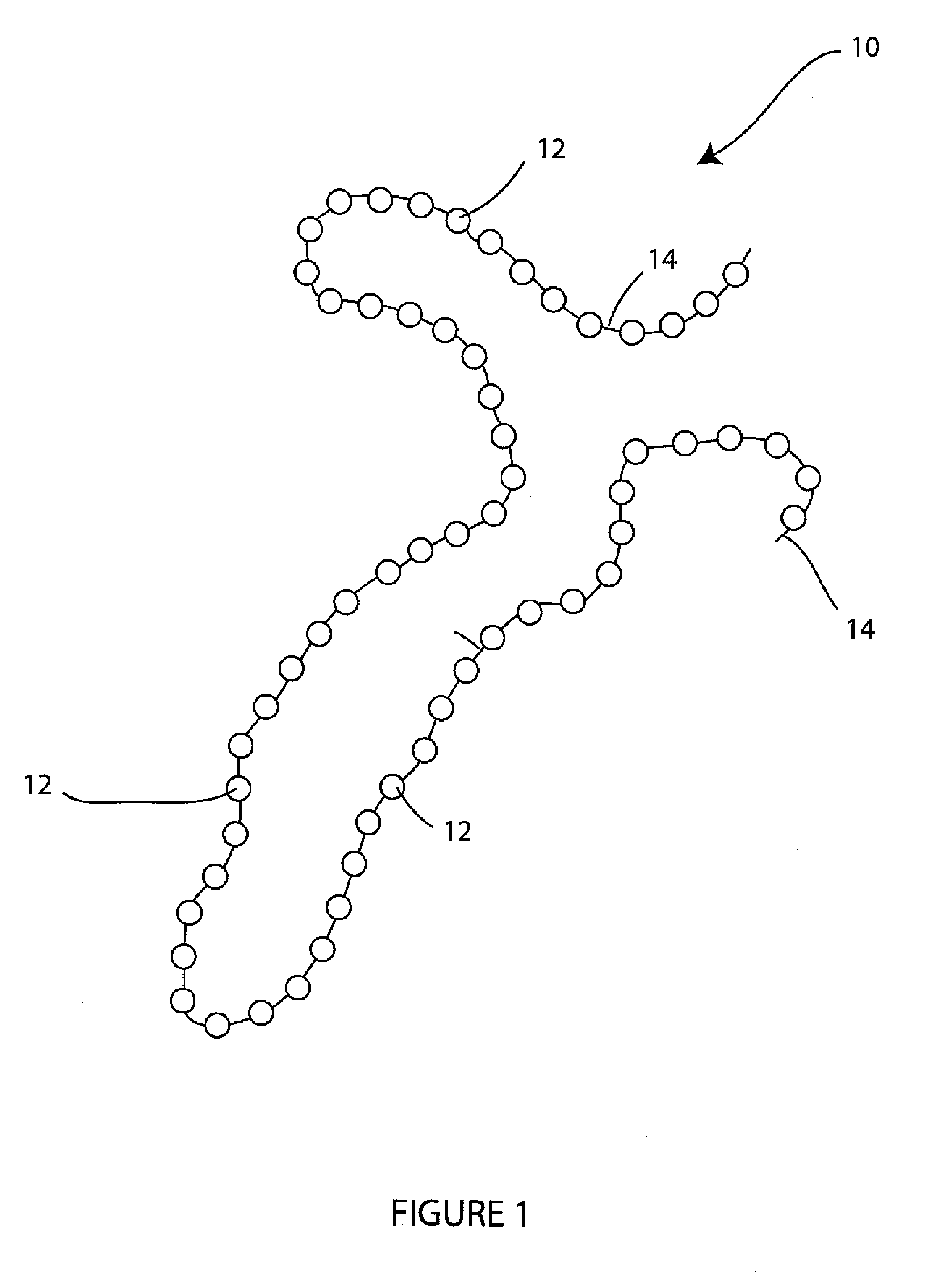Medical device with coating composition
- Summary
- Abstract
- Description
- Claims
- Application Information
AI Technical Summary
Benefits of technology
Problems solved by technology
Method used
Image
Examples
Embodiment Construction
[0055]In a particularly preferred embodiment, the present invention relates to a coating composition and related method for coating a medical device. The structure and composition of the underlying device can be of any suitable, and medically acceptable, design and can be made of any suitable material that is compatible with the coating itself. The surface of the medical device is provided with a coating containing one or more bioactive agents.
[0056]The bioactive (e.g., pharmaceutical) agents useful in the present invention include virtually any therapeutic substance which possesses desirable therapeutic characteristics for application to the implant site. These agents include: thrombin inhibitors, antithrombogenic agents, thrombolytic agents, fibrinolytic agents, vasospasm inhibitors, calcium channel blockers, vasodilators, antihypertensive agents, antimicrobial agents, antibiotics, inhibitors of surface glycoprotein receptors, antiplatelet agents, antimitotics, microtubule inhibit...
PUM
| Property | Measurement | Unit |
|---|---|---|
| Fraction | aaaaa | aaaaa |
| Fraction | aaaaa | aaaaa |
| Time | aaaaa | aaaaa |
Abstract
Description
Claims
Application Information
 Login to View More
Login to View More - R&D
- Intellectual Property
- Life Sciences
- Materials
- Tech Scout
- Unparalleled Data Quality
- Higher Quality Content
- 60% Fewer Hallucinations
Browse by: Latest US Patents, China's latest patents, Technical Efficacy Thesaurus, Application Domain, Technology Topic, Popular Technical Reports.
© 2025 PatSnap. All rights reserved.Legal|Privacy policy|Modern Slavery Act Transparency Statement|Sitemap|About US| Contact US: help@patsnap.com



